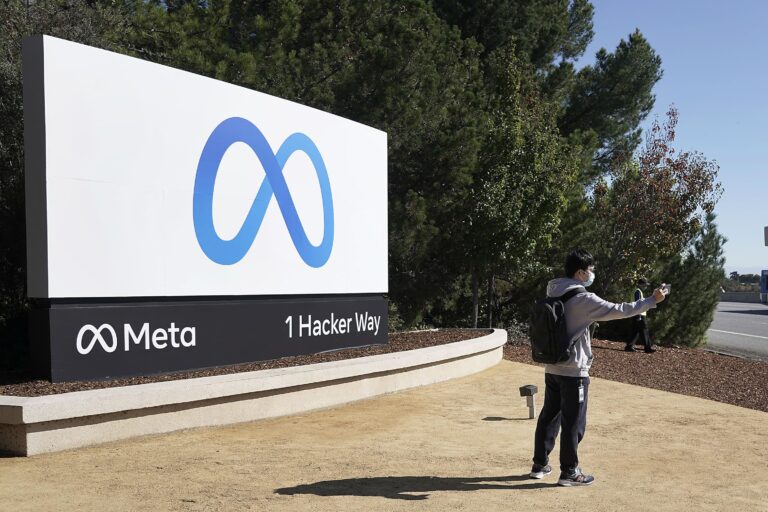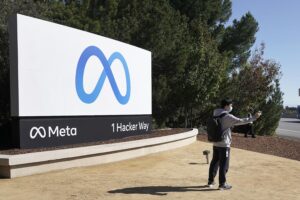Google is faring better than its peers.
- Alphabet reported great results and appears to be nicely avoiding the fall-out from Facebook, but continued growth is coming at the cost of both higher TAC (Traffic Acquisition Costs) as well as OPEX investments.
- Q1 18 revenues / adj-EPS were $31.15bn / $9.93 nicely ahead of consensus at $30.28 / $9.29.
- Once again advertising from mobile devices underpinned the results but came at the cost of substantially higher TAC.
- TAC is what Google pays to third parties that help it to acquire the traffic which drives its advertising business and I suspect that most of this increase is being paid to the long-suffering Android handset makers.
- This is the one piece of good news that they will have had this quarter as the market is weakening in terms of units meaning that competitive pressures can only increase.
- I suspect that Samsung has taken the lion’s share of these payments as it is by far the biggest vendor of Android devices as well as dominant in the high-end which is where most of the traffic is generated.
- It is this is which drove TAC to grow by 37% leading to some pressure on gross margins.
- Falling profitability has not deterred Google from investing for the long-term which is why EBIT grew by only 7% YoY despite the better than 20% growth in revenues.
- So far Google has emerged unscathed from the fuss around Facebook’s use of data and I think that this largely a result of Google’s philosophy.
- Most of the younger companies in this space “move fast and break things” which is fine until you break something really important.
- Facebook, Tesla and Uber have all learned this to their great cost in the last few quarters.
- By contrast, Google tends to follow the “go slower with no cock-ups” strategy and as a result has a much better idea of how to look after user data.
- The result is slower growth, but a distinct lack of blow-ups despite the fact that it probably holds a greater quantity of much more sensitive data on users.
- Hence, I think that the outlook looks reasonable for Google in 2018 and of all of the advertising driven ecosystems, it is likely to fare the best.
- However, against the back drop of users finally waking up to the fact that internet services are not free and never have been, it is privacy advocate Apple that is likely to fare the best of all.









Blog Comments
Tim Nash
April 25, 2018 at 12:35 pm
‘TAC is what Google pays to third parties that help it to acquire the traffic which drives its advertising business and I suspect that most of this increase is being paid to the long-suffering Android handset makers.’
Given that phone sales are flat, I would suspect that TAC payments to handset makers are flat too. With PC and tablet sales, flat to down, TAC payments there are likely to be flat to down too (except for payments to Apple, whose market share has increased in recent quarters).
So I feel the increased TAC payments will have largely gone to YouTube content providers, embedders etc. and smart home device makers (in the drive to overtake Amazon).
windsorr
April 25, 2018 at 2:25 pm
Yes thats right except that the usage of these devices is continuing to grow. Google’s revenues are generated by usage of devices not by how many devices are shipping… hence if users use their phones 20% more, Google ad revenues would increase by 20% while hardware revs did nothing at all…